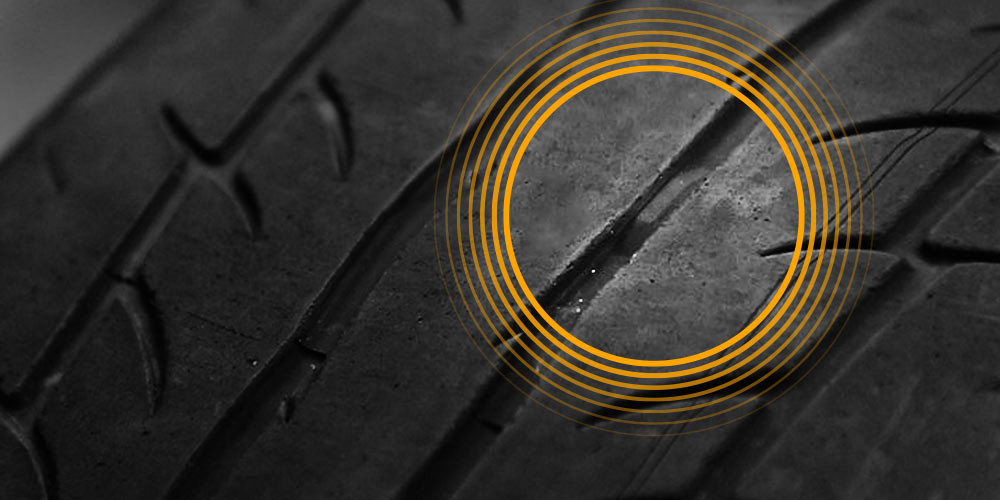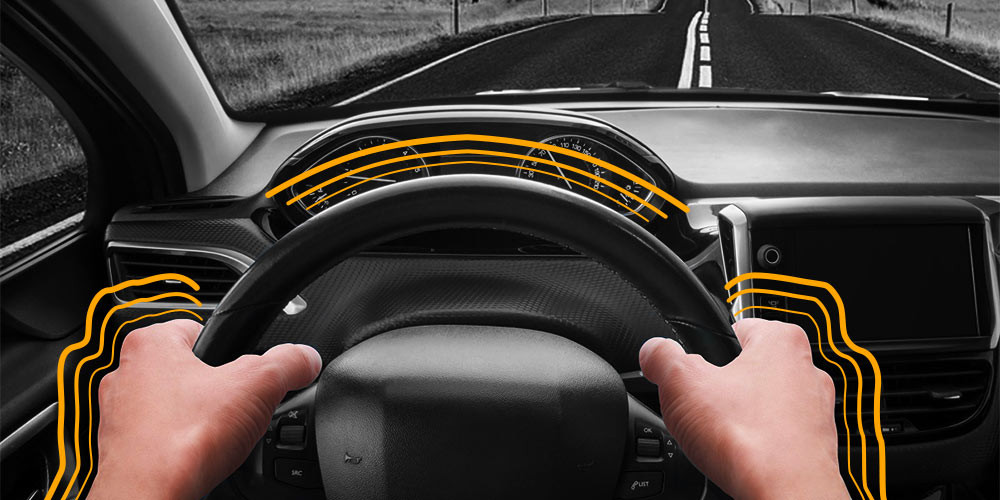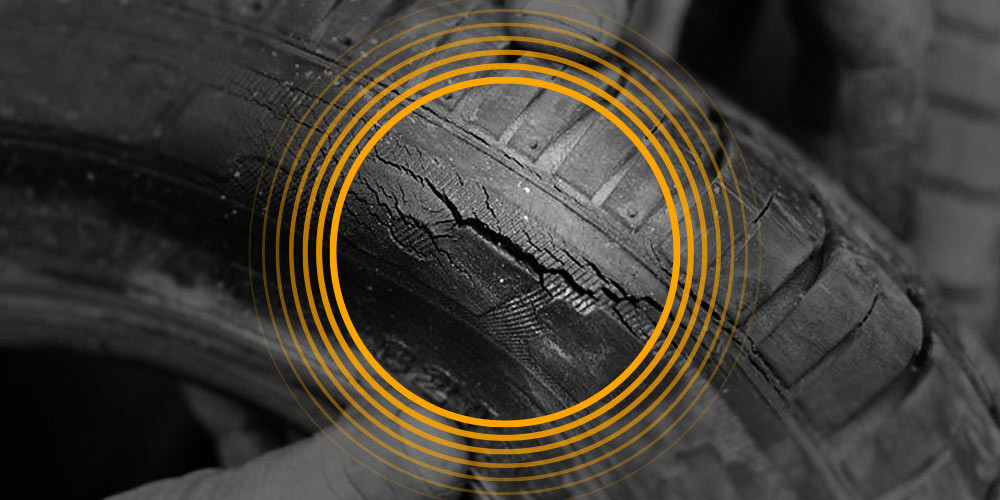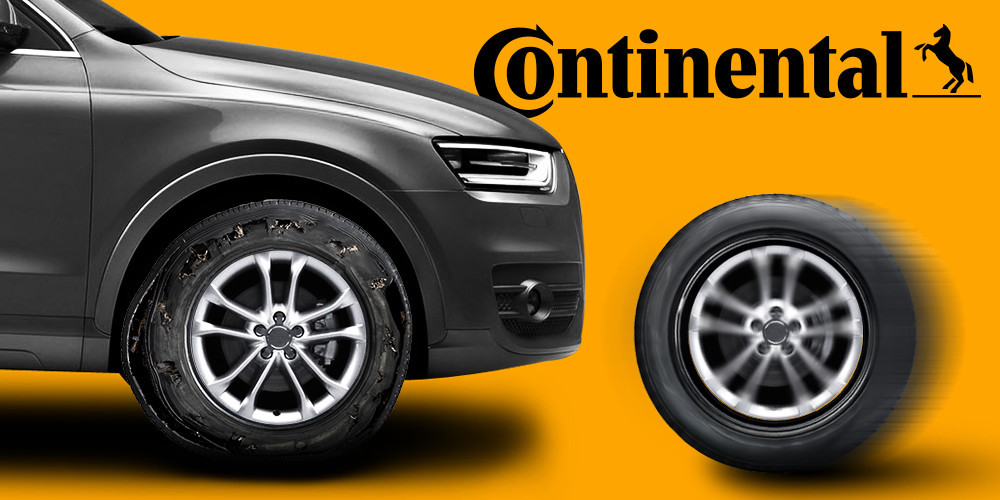
Tyres are one of the most important things that make up your vehicle. Being the only object that connects directly to the road, they can wear off with time, so knowing when to replace them is critical.
Though life-saving technologies such as antilock brakes, sensors, and electronic stability controls are present at the driver’s disposal to ensure ultimate safety, they alone can’t get the job done if the tyres don’t have a good grip on the road.
Since there are dozens of factors that affect your tyre’s health including road surfaces, maintenance, car type, driving styles and more, inspecting them regularly will give you a better idea of when they are starting to wear out.
For ensured safety and unmatched performance, we’ve compiled an extensive guide to help you decide when’s the right time to replace your old tyres.
Turning a blind eye to any of these safety precautions and instructions may result in tyre failure, sudden loss of air, injuries and even death.
1. Determine if You Really Need to Buy New Tyres
Before planning to buy a new pair of tyres, try to figure out if you really need to. If your car is hauling to one side, slipping around, or not assuredly stopping when you brake, then it’s time to dig deep to find the root of the cause.
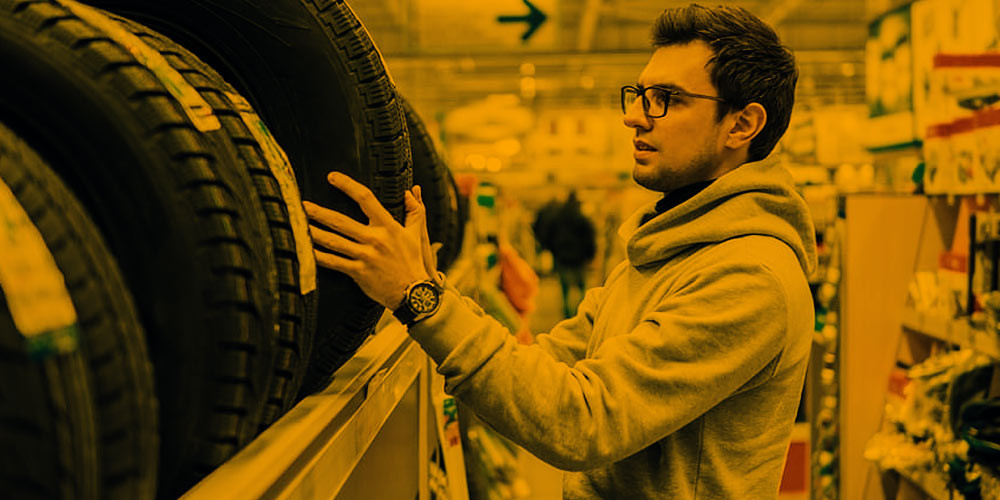
2. Examine the Tread
The primary function of tyre treads is to improve traction and avoid skidding. If you find out that the tread is down to 1.6mm, it is considered illegal and no longer safe to use.
Inspect with the Eye
Another way for measuring tread depth is by checking the tread depth indicator. As the tyre gets worn out from continuous use, these small horizontal bridges found between the tread grooves become level with the tread. Once they reach the extent when they are even with the tread design, it is a clear indication that the tyre is worn and needs to be replaced at the earliest. When doing this, make sure to examine the tyre evenly.
Go Pro with a Tread Depth Indicator
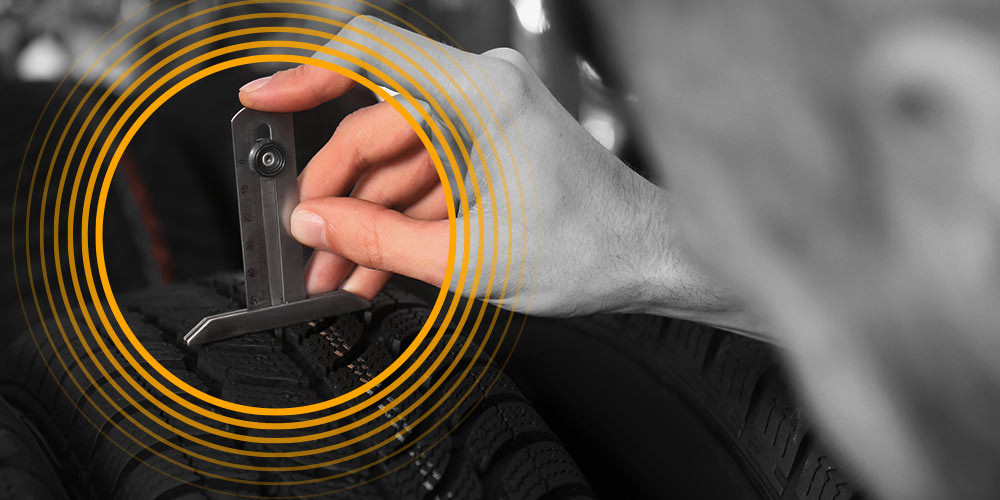
For more accuracy, use a tread depth indicator. Place the pointing area of the apparatus in center of one the tyre’s grooves. Take multiple readings, if the reading is 1.6mm or less, replace the tyre.
3. Visually Inspect Tyre Damage
You can either inspect the tyres yourself or go to the workshop to get wheel alignment, inflation pressure and tyre rotation checked. Each one of these factors contribute to the overall health of the tyre.
Bulges
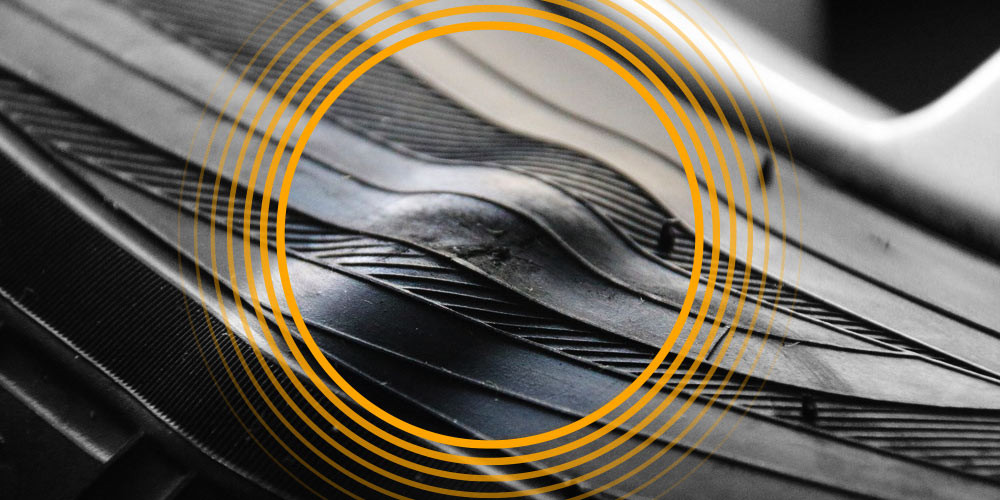
Check for any abnormal bulges in the tyre. Bulges normally indicate that the internal structure of the tyre has been damaged, allowing air to reach the flexible outer layers of the tyre. If you come across such a situation, your best bet should be to replace the tyre immediately, regardless of the tread status.
Bulges are mainly caused by driving over a curb or an obstacle. Continuing with this condition can cause sudden loss of air at highway speeds.
Look for Vibration
Another very important factor to consider is vibration while driving. If the vibration occurs at 60- 80 km/h and increases as you speed, you need to get your tyres balanced.
Cracking Might be the Case
As a responsible car owner, you also need to look into weathering /ozone cracking.
Cracks on the sidewall surface are generally found around the circumference of the tyre on one sides or both. These are little cracks on your tyre indicate that the rubber is wearing out. Over time, the rubber depletes and can start to separate from the steel belt causing severe damage to the car.
This condition is generally caused by exposure to a high degree of sunlight, improper storage, use of tyre damaging products, parking on impaired surfaces, proximity to electronic devices, vehicle exhaust, wrong load management and inadequate inflation pressure.
Pro Tips
- Keep your tyres properly inflated at all times.
- Test all fours—if possible—replace them all. Mismatched tyres will hinder safety, performance and
- Be vigilant when rotating tyres, particularly when moving tyres to different rims as different tyres have specific rotational direction and corresponding rotation method. Example: Some sports cars have different wheel sizes on the front and back.
Are you facing any of these situations?
If so, it’s probably time to get your tyres replaced. We at Continental Tires have made it our goal to address all the problems you might have with your tyres.
- efficiency.
- Always use the same type of tyres for both four-wheel-drive and all-wheel-drive cars, don’t go uneven.
- Tyres wear out faster in warmer climates.
Precautionary Measures
- Ensure that tyres don’t rub against fenders or any other part of the car. If your new pair of tyres rub during turns or when going over bumps, they’re not the perfect fit and need to be fixed ASAP.
- Always buy tyres that are the right size as per the vehicle manufacturer’s recommendation. If you wish to upgrade to low-profile tyres, always consult an expert for tyre size and rim options to avoid safety and performance issues.








